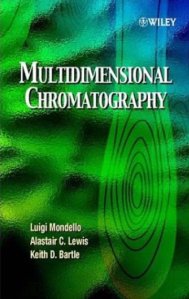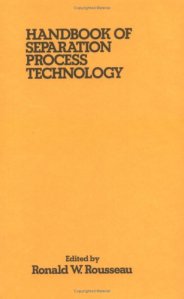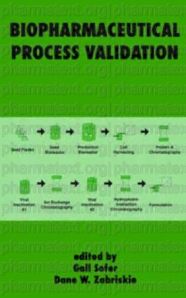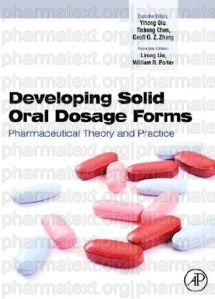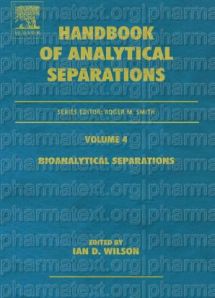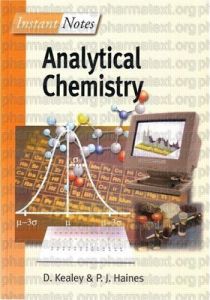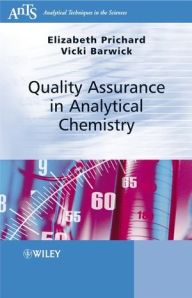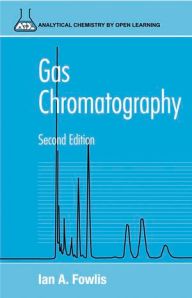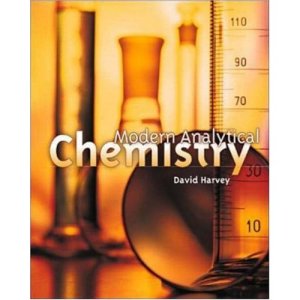
Chemical Analysis is not just for analytical chemists!
Scientists, engineers, and technicians in a variety of fields often need information from chemical analyses in their work. Many professional chemists also require information from techniques outside their area of specialization.
With this handbook, these users can find information about the most common analytical chemical techniques in an understandable form, simplifying decisions about which analytical techniques can provide the information they are seeking on chemical composition and structure.
Compiled by experts in each specialty, the handbook uses a standardized format to facilitate the comparison of techniques. Each chapter features:
* A quick-look summary
* How the technique works
* What information the technique can provide and how it's used
* Economic considerations
* Routine operational characteristics
* Reference sources for more detailed study
* A comprehensive glossary defines technical terms and acronyms.
The handbook covers widely used techniques in the areas:
* Electromagnetic spectrometry
* Separation techniques
* Mass spectrometry
* Electrochemistry
* Microscopy and surface techniques
* Polymers and macromolecules
A general introductory section addresses issues associated with:
* The process of obtaining chemical information from samples
* Preparation of organic and inorganic samples
* Accessing the quality of measurements
* Laboratory automation
* Laboratory information systems
Persons in areas such as biotechnology, materials science, environmental science, and geology will find the Handbook provides an understandable overview and useful introduction to techniques that can provide information to solve problems. The Handbook's wide range and standardized format make it the ideal reference work for anyone who uses chemical analyses in their work.
The enclosed Technique Selection Program can be used in two ways. In the first mode, users follow a series of menus to describe both the characteristics of their samples and the information they desire from the sample. They then receive a reference to appropriate analysis techniques described in the text. In the second mode, they can select from a listing of the techniques discussed in the book to obtain quick information about each method's applicability, including the characteristics of samples it can analyze, and the types of information the analysis provides.
DOWNLOAD


